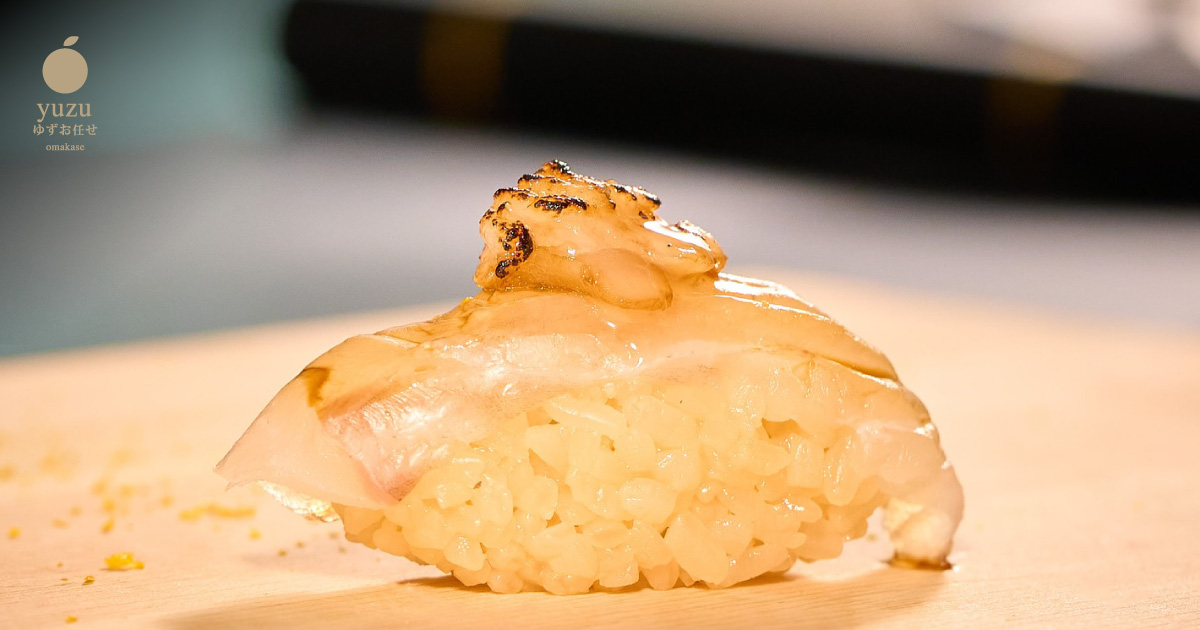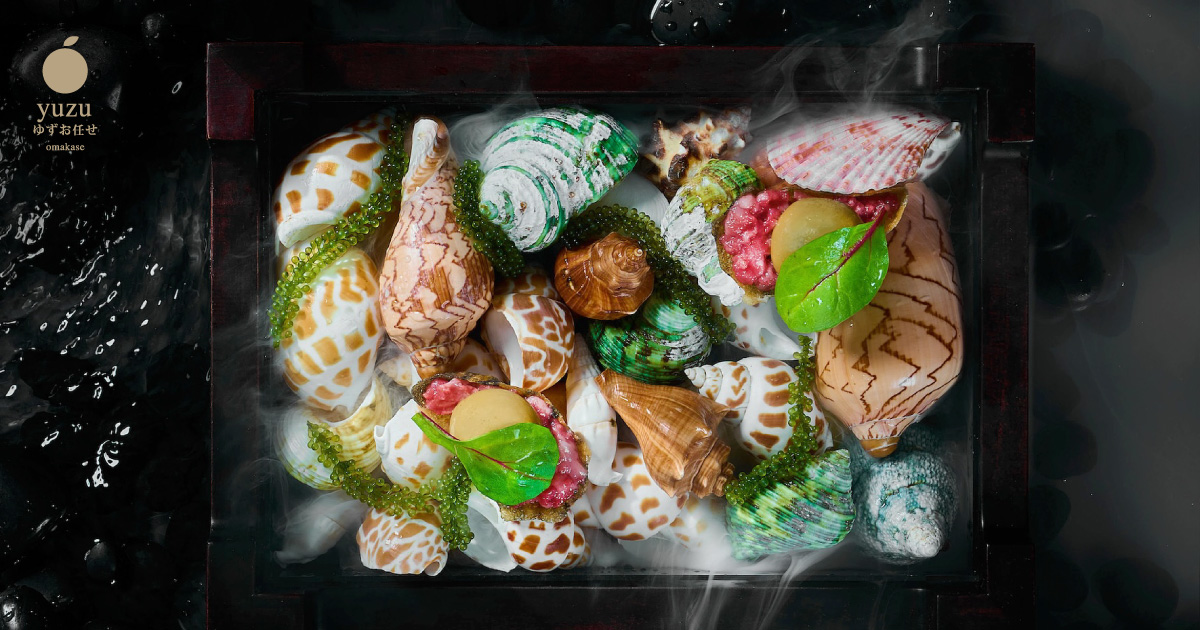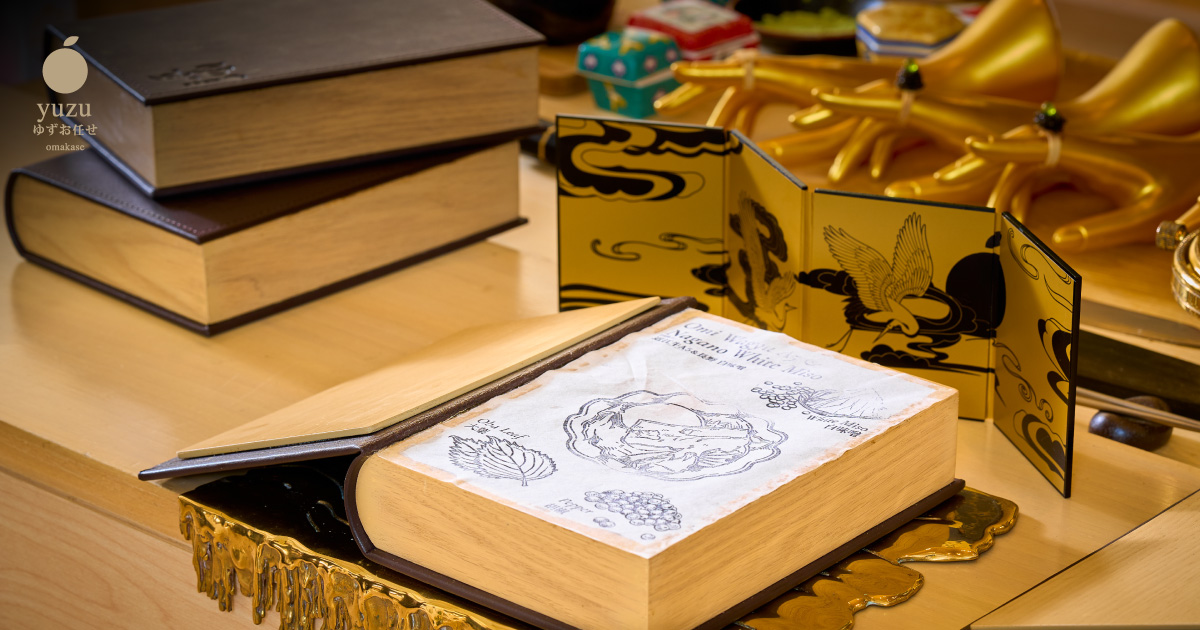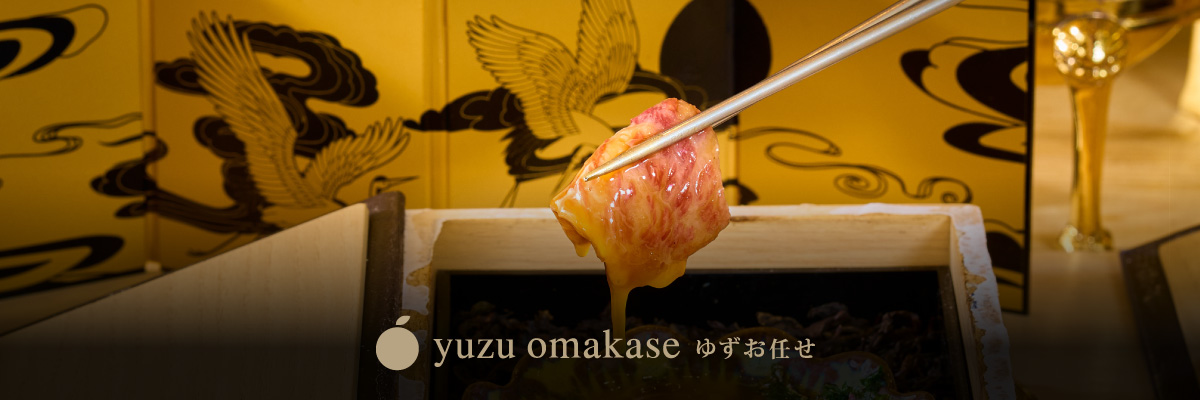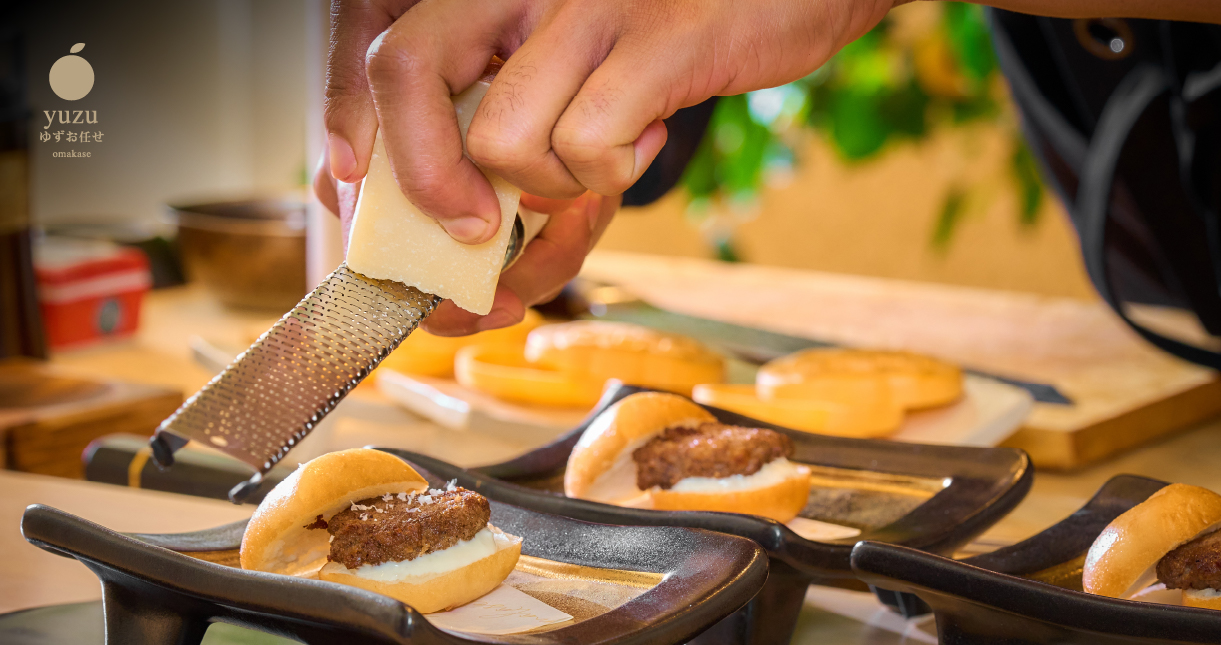
A Taste of Japan: Authentic Omakase Experiences Around the World
Omakase, the pinnacle of Japanese dining, has become a global phenomenon, offering food enthusiasts the chance to experience the artistry and precision of Japanese cuisine wherever they are in the world. The word omakase translates to "I leave it up to you," and in this dining tradition, diners trust the chef to create a bespoke, seasonal meal tailored to their preferences and the freshest ingredients available. While omakase originated in Japan, it has spread across the globe, with many renowned omakase restaurants offering a variety of interpretations that honor Japanese tradition while incorporating local influences.
The World ● 2024 Sep 30
A Taste of Japan: Authentic Omakase Experiences Around the World
In this article, we’ll explore some of the most celebrated omakase restaurants worldwide, comparing their offerings to the experience at Yuzu Omakase in Bangkok, where the essence of Japanese culinary tradition meets innovative fusion with local Thai ingredients.
1. Sukiyabashi Jiro – Tokyo, Japan

Michelin Stars : 3
Chef: Jiro Ono
Sukiyabashi Jiro is arguably the most famous omakase restaurant in the world, thanks in part to the documentary Jiro Dreams of Sushi. Located in a modest basement in Ginza, Tokyo, Jiro Ono’s restaurant is legendary for its meticulously crafted sushi and its focus on tradition. With only 10 seats, the omakase experience here is intimate and deeply rooted in the essence of Japanese culinary precision.
Signature Experience
- The focus at Sukiyabashi Jiro is on the purity of ingredients and simplicity. The sushi is served one piece at a time, and the meal typically consists of about 20 courses. Each piece is handcrafted with perfect timing and temperature.
- Ingredients like otoro (fatty tuna), uni (sea urchin), and anago (sea eel) are sourced directly from Tokyo’s famous Tsukiji fish market, ensuring unparalleled freshness.
Comparison to Yuzu Omakase
- While Sukiyabashi Jiro maintains a strict adherence to traditional omakase principles, Yuzu Omakase offers a more innovative approach by blending classic Japanese techniques with Thai influences. For instance, dishes like Hotate/Taraba Bubble and Grilled Otoro + Crispy Iberico bring local flavors and creativity into the traditional omakase framework.
- Sukiyabashi Jiro focuses solely on sushi, while Yuzu Omakase expands its menu with a mix of sashimi, grilled items, and playful fusion dishes, offering a broader spectrum of flavors.
2. Masa – New York, USA
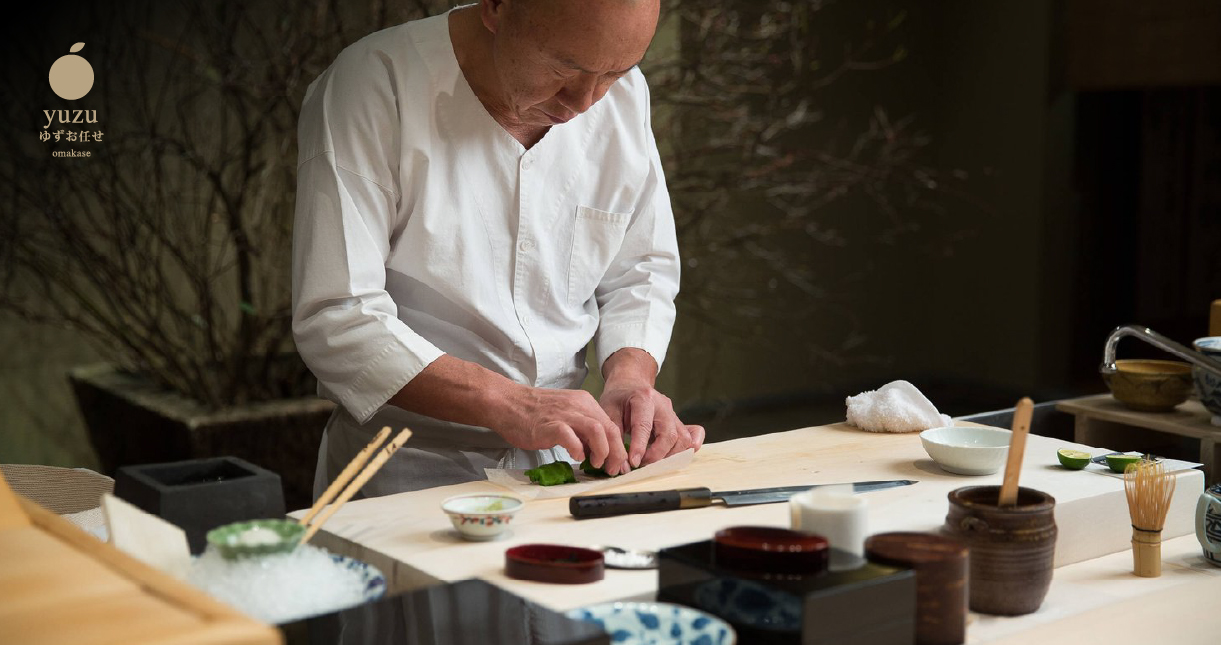
Michelin Stars: 3
Chef: Masayoshi Takayama
Located in the heart of New York City, Masa is one of the most exclusive omakase restaurants outside Japan. The restaurant is known for its minimalistic decor, intimate atmosphere, and the expertise of Chef Masayoshi Takayama. With a focus on luxury ingredients and traditional Japanese techniques, Masa offers a dining experience that can easily rival the best in Japan.
Signature Experience
- Chef Masa’s omakase experience emphasizes luxury, with ingredients like bluefin tuna, white truffle, and Beluga caviar making frequent appearances. The restaurant is known for sourcing the highest-quality seafood and presenting it with an understated elegance that lets the ingredients shine.
- Masa’s omakase also includes dishes like Chutoro, kinmedai, and even uni tempura, reflecting a commitment to the purity of Japanese techniques.
Comparison to Yuzu Omakase
- Both Masa and Yuzu Omakase offer a luxurious dining experience, but Yuzu Omakase’s use of Thai ingredients, such as Junsai Ponzu or Kaffir lime, adds a layer of regional innovation that distinguishes it from the more traditional menu at Masa.
- Where Masa emphasizes a strict adherence to premium Japanese ingredients, Yuzu Omakase experiments with ingredients like Yuzu Sake and Thai chili to create bold flavor combinations that elevate the omakase experience with a fusion twist.
3. Sushi Saito – Tokyo, Japan
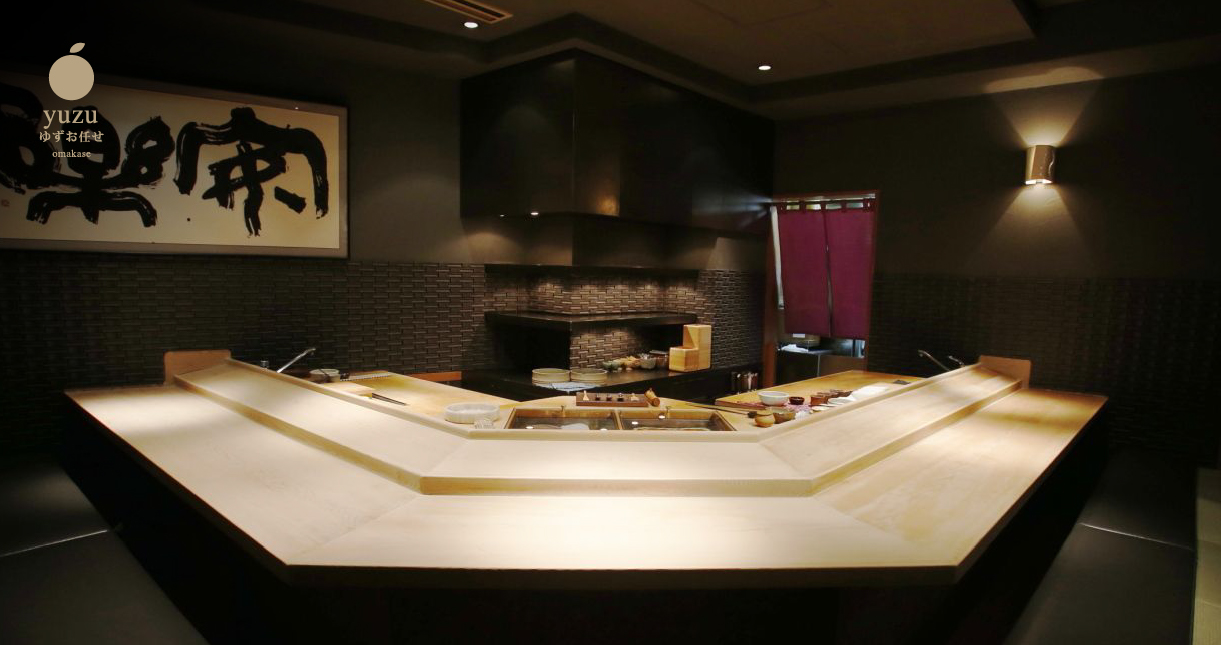
Michelin Stars: 3
Chef: Takashi Saito
Sushi Saito, often hailed as one of Tokyo’s finest sushi restaurants, offers a relaxed, intimate omakase experience. Chef Takashi Saito is revered for his knife skills and attention to detail, serving some of the most finely crafted sushi in Japan. The restaurant’s focus is on using the best seasonal ingredients, prepared with the utmost respect for traditional sushi techniques.
Signature Experience
- At Sushi Saito, the omakase experience typically features seasonal seafood like sayori (halfbeak), madai (sea bream), and aji (horse mackerel), all selected from the freshest catch of the day. Saito’s philosophy is to respect the natural flavors of each ingredient, preparing the fish with minimal seasoning to highlight its freshness.
- The meal often starts with lighter, delicate fish like hirame (flounder) and builds to richer flavors like otoro and anago, with each course served in harmony with the next.
Comparison to Yuzu Omakase
- While Sushi Saito focuses on the purity of each ingredient in a traditional omakase format, Yuzu Omakase integrates more varied textures and flavors, including grilled dishes and innovative techniques like freeze-dried vegetables with liquid nitrogen. This gives Yuzu Omakase a more eclectic and experimental feel.
- Both restaurants offer a highly curated seasonal menu, but Yuzu Omakase goes a step further by incorporating local Thai seafood like Zuwai crab and spices like lemongrass into the omakase experience.
4. Sushi Shikon – Hong Kong, China
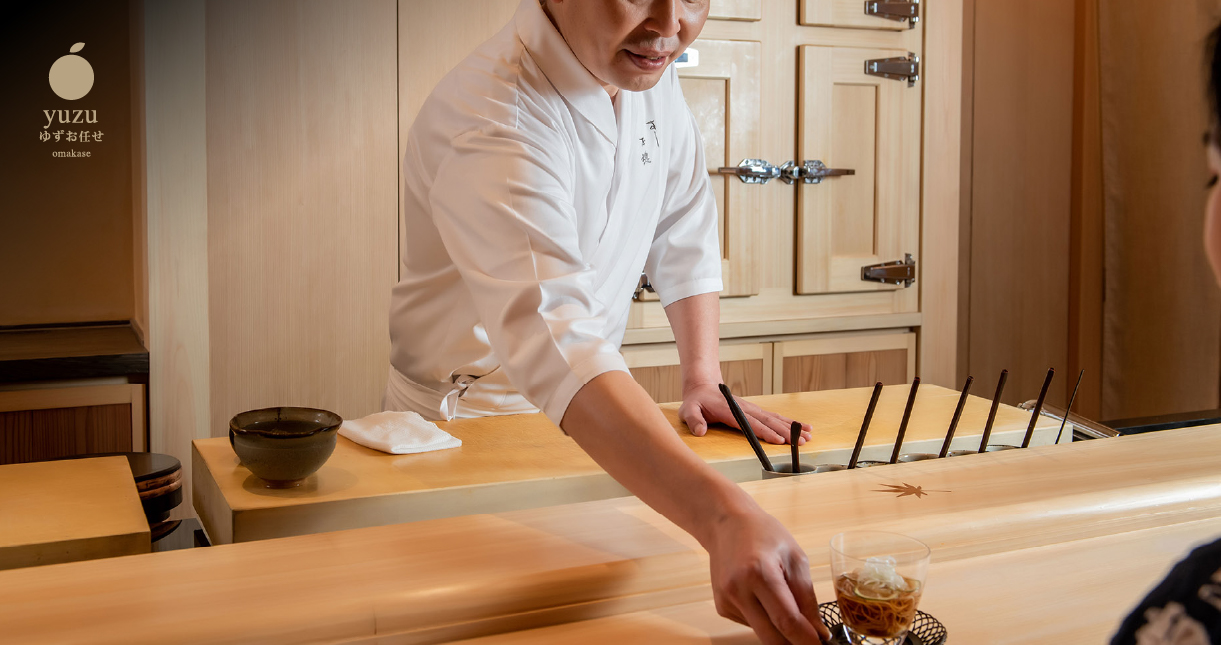
Michelin Stars: 3
Chef: Yoshiharu Kakinuma
Located in Hong Kong, Sushi Shikon (formerly Sushi Yoshitake) brings Tokyo-style omakase to the heart of the city. Chef Yoshiharu Kakinuma, trained by the legendary Masahiro Yoshitake, offers a refined omakase experience that closely mirrors the high standards of Japan’s elite sushi restaurants.
Signature Experience
- Sushi Shikon is known for its use of top-tier Japanese ingredients, from Chutoro to Hokkaido uni, and for its focus on preserving the traditional Edomae sushi techniques. The courses include a mix of nigiri, grilled fish, and delicate appetizers, each prepared to bring out the natural flavors of the ingredients.
- Sushi Shikon emphasizes the concept of shun, meaning seasonal ingredients at their peak, which aligns with the Japanese philosophy of serving seafood at the height of its freshness.
Comparison to Yuzu Omakase
- Both Sushi Shikon and Yuzu Omakase highlight seasonal ingredients, but Yuzu Omakase’s inclusion of local Thai produce, such as Thai mango and bird’s eye chili, adds a unique Southeast Asian influence to its omakase offerings.
- While Sushi Shikon remains deeply rooted in the tradition of Edomae sushi, Yuzu Omakase takes a more adventurous approach by combining Thai and Japanese culinary elements, offering dishes like Uni Abuta Toast with Truffle that reflect a fusion of East and Southeast Asian flavors.
5. Sushi Tetsu – London, UK

Michelin Stars: N/A
Chef: Toru Takahashi
Sushi Tetsu is a small, intimate omakase restaurant in London, led by Chef Toru Takahashi. Despite its modest setting, Sushi Tetsu has earned a reputation for delivering an authentic sushi experience that rivals many of its Michelin-starred counterparts. The restaurant is known for its personalized service and its commitment to traditional Japanese techniques.
Signature Experience
At Sushi Tetsu, Chef Takahashi creates a bespoke omakase experience for each guest, tailoring the menu to reflect the diner’s preferences while maintaining the essence of Japanese sushi. Signature dishes include Otoro, kinmedai, and anago, all prepared with meticulous attention to detail.
The restaurant’s compact size allows for an intimate interaction with the chef, who carefully explains each course and its preparation.
Comparison to Yuzu Omakase
Yuzu Omakase shares the same intimate atmosphere as Sushi Tetsu, but its menu offers a broader range of flavors by incorporating Thai elements, such as Kani Miso Tofu and Uni Murasaki. This adds a level of innovation that complements the traditional aspects of omakase dining.
While Sushi Tetsu’s focus is purely on sushi, Yuzu Omakase offers a more expansive experience, featuring both sushi and fusion dishes that highlight the flavors of Thailand alongside Japanese seafood.
Conclusion
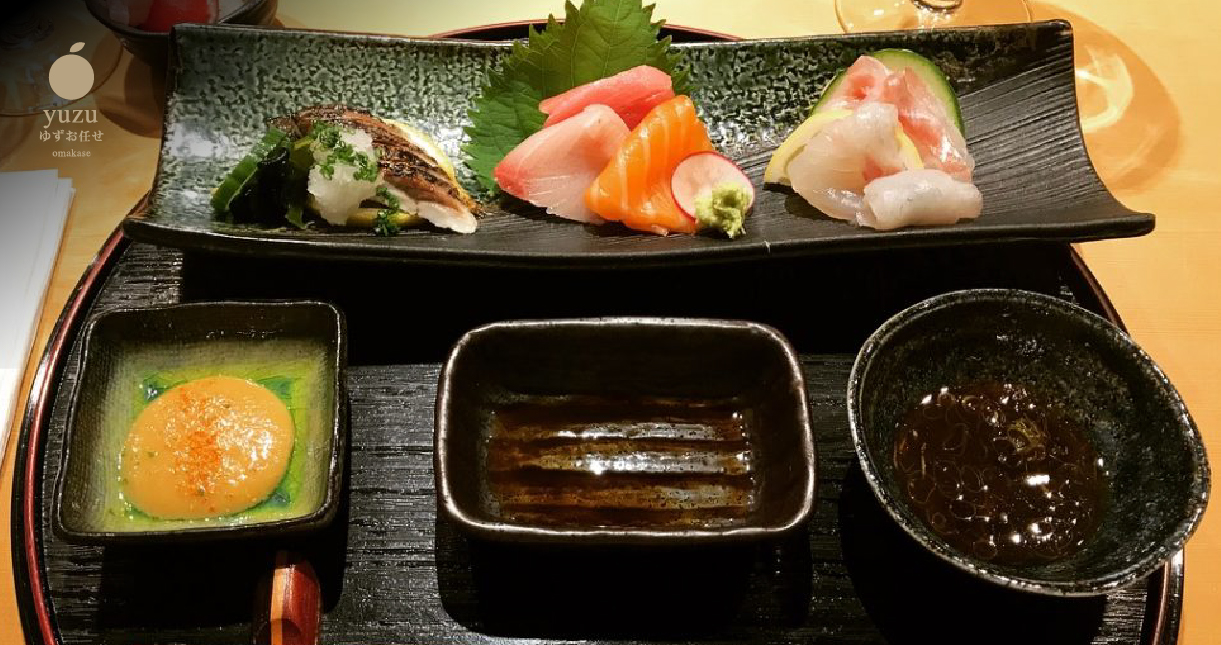
Omakase dining has become a global culinary experience, with restaurants like Sukiyabashi Jiro, Masa, and Sushi Saito setting the standard for traditional Japanese sushi. However, Yuzu Omakase in Bangkok stands out for its innovative fusion of Japanese omakase techniques with bold Thai flavors, offering a unique take on this revered dining tradition. While it shares the same dedication to craftsmanship and seasonal ingredients, Yuzu Omakase pushes the boundaries by blending local Thai ingredients, such as lemongrass and Thai chili, with classic omakase dishes, creating a dining experience that is truly one of a kind.

Photo Credit
RELATE
-
Sushi Diplomacy: How Sushi Thailand Bangkok Unites Cultures Through Cuisine
At Yuzu Omakase Thailand, sushi is more than a delicacy. It’s a shared language. A symbol of harmony between cultures, and a bridge that brings East and West to the same table in the heart of Siam Square, Bangkok.
The World ● 2025 Jun 23



